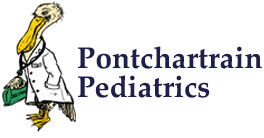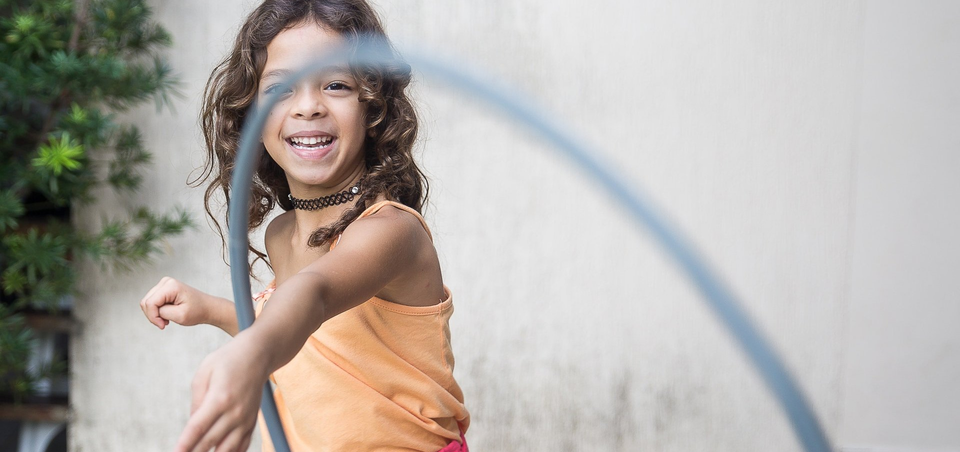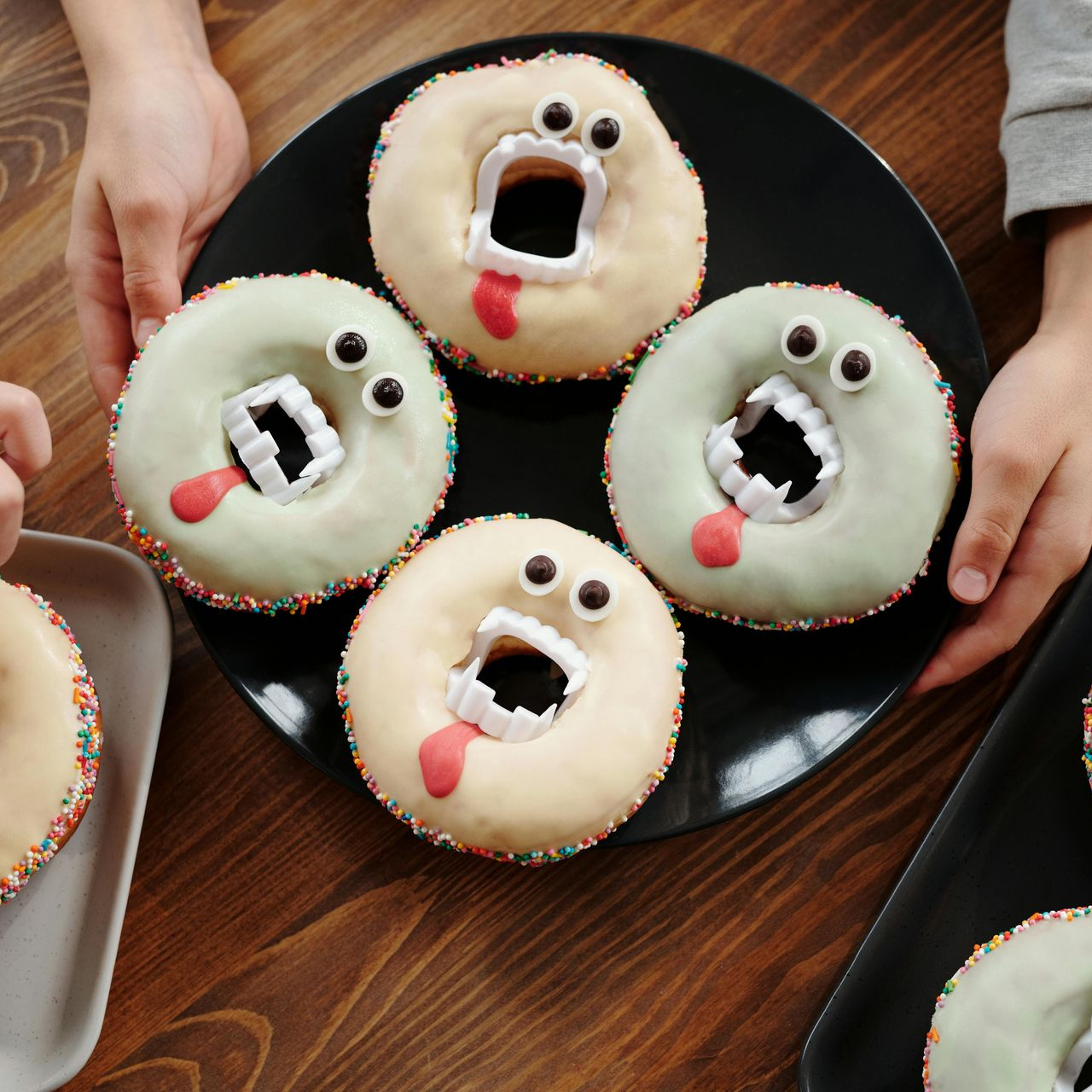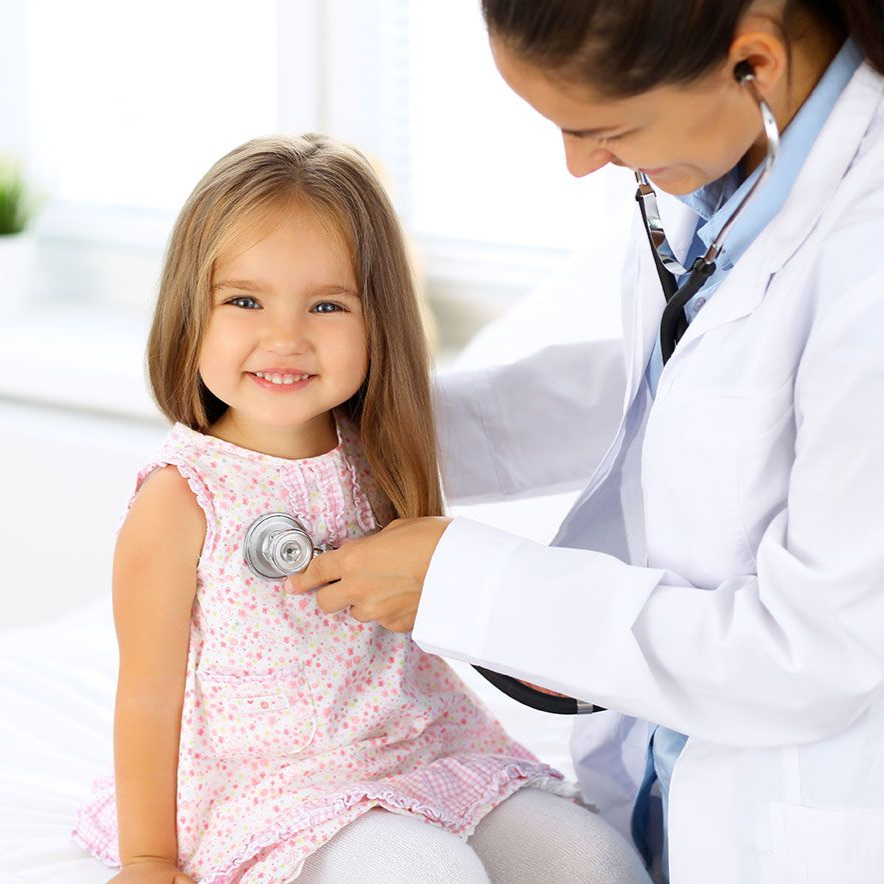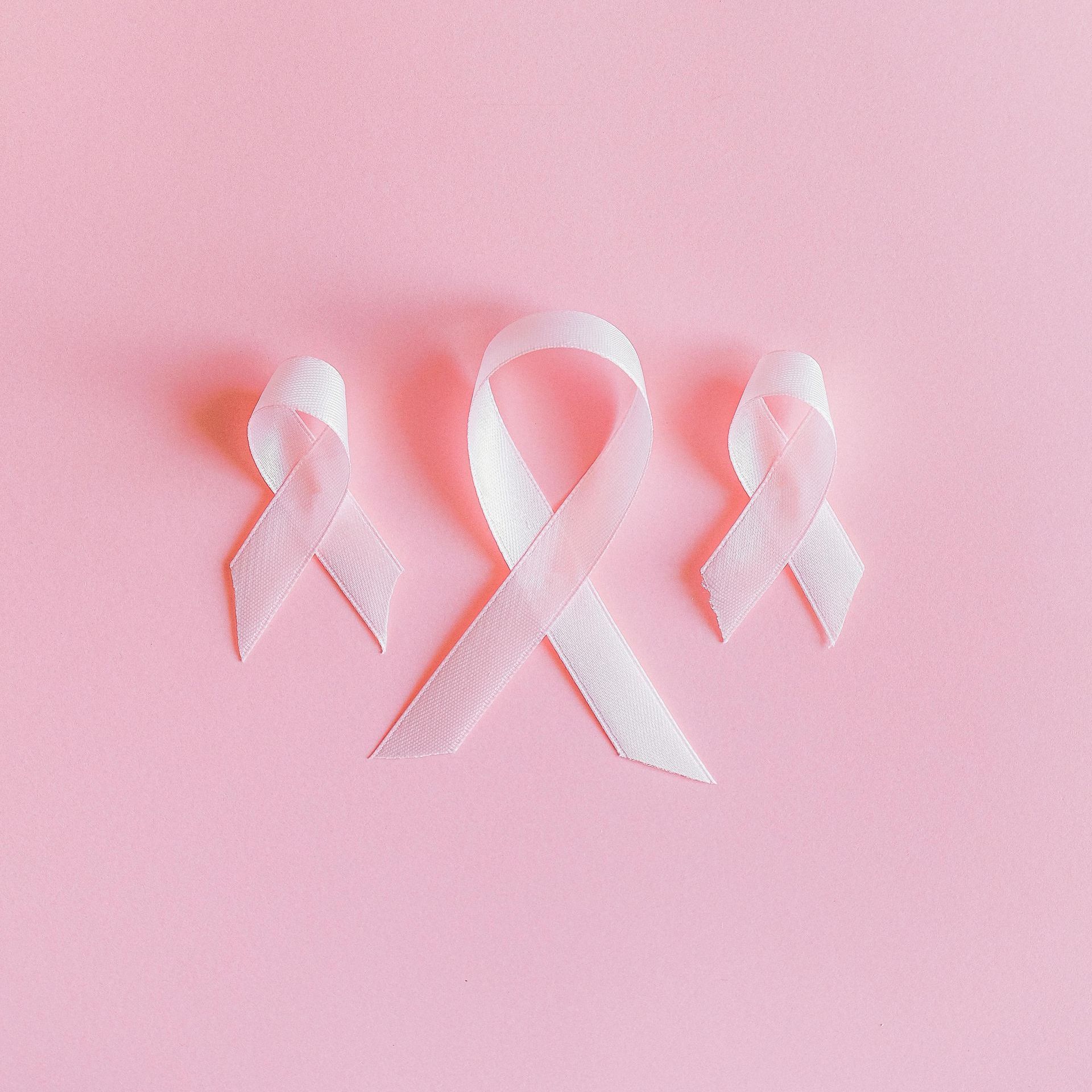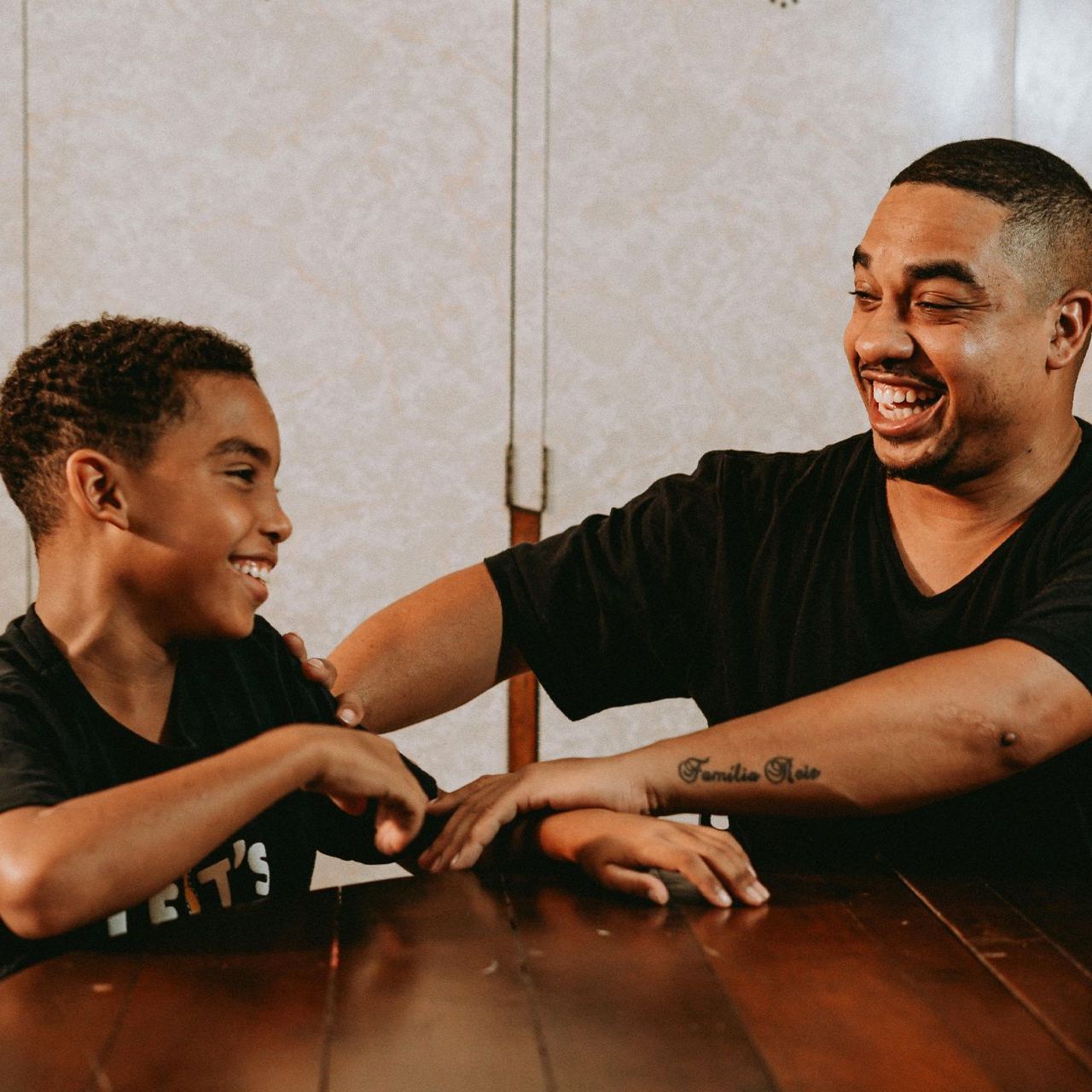Scoliosis in Children: Early Signs and Treatment
July 10, 2019
It is never easy to learn your child has a medical condition. However, the sooner you learn about the condition, the sooner you can start treating it. One condition that affects children between the ages of 10 and 15 is scoliosis, and they may be diagnosed during a wellness visit or their sports physicals.
It is best to keep your eye out for early signs of scoliosis. To help you get a better idea of this condition, here are the early signs and treatment of scoliosis in children.
Early Signs of Scoliosis in Children
- Head is not centered with the rest of their body.
- Shoulders are tilted and uneven, and they differ in height.
- Arms may hang differently when your child is standing straight.
- Sides of back may differ in height when your child bends forward.
- Shoulder blades may differ in height or position.
- Hips may differ in height or position.
- Waistline may be uneven.
- Prominence of ribs on one side of the body.
- Child may frequently lean to the side.
Diagnosis of Scoliosis in Children
Your child may need a physical exam and X-ray to check their curve pattern. However, if their physician notices a difference in their curve pattern in the X-ray, they may order one of the following exams to further investigate their condition:
- CT Scan
- EOS Imaging
- MRI
- DEXA Scan or Radioisotope Bone Scan
Treatment of Scoliosis in Children
You do not have to panic if your child is diagnosed with scoliosis, as there are treatments for this condition.
- Repeated exams. Your child is going to need repeated exams with their physician, so they can check the curve of their spine. This allows their physician to determine if their curve is getting worse as they grow. If your child is active in sports, they are going to need their curve checked during their sports physicals as well.
- Brace. Your child may need a brace for a while if they are still growing. There are several types of braces to help slow down the progression of their curve, such as an adjustable rod.
- Surgery. If your child's curve measures at 45 degrees or more, or if the brace is not helping with the curve, they may need surgery. They are also going to need follow-up care to check their progress.
- If your child is showing any signs of scoliosis, it is best to schedule a wellness visit with their physician to have it checked out. Remember, an early diagnosis means early treatment.
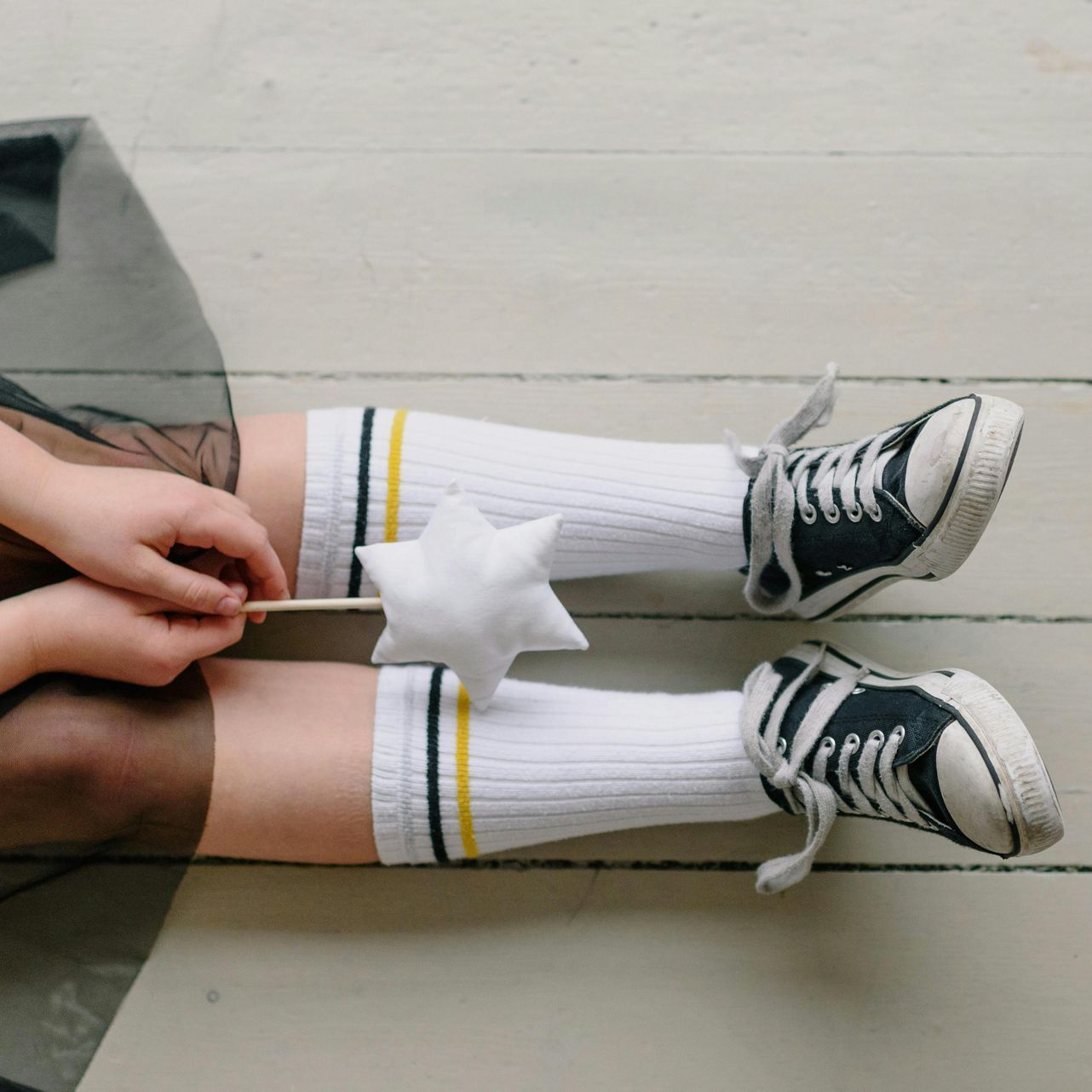
Growing pains are most common in children ages 3–12, especially during periods of rapid growth. While the exact cause isn’t fully understood, many doctors believe they are related to increased physical activity and the stretching of muscles and tendons during growth spurts, not growth of bones themselves.

Thanksgiving is a cherished tradition, an opportunity to gather with family and friends to celebrate gratitude for the many blessings in our lives. Whether you're traveling to visit relatives or hosting a festive dinner at home, preparing for Thanksgiving can be a joyful yet daunting task, especially for parents.
